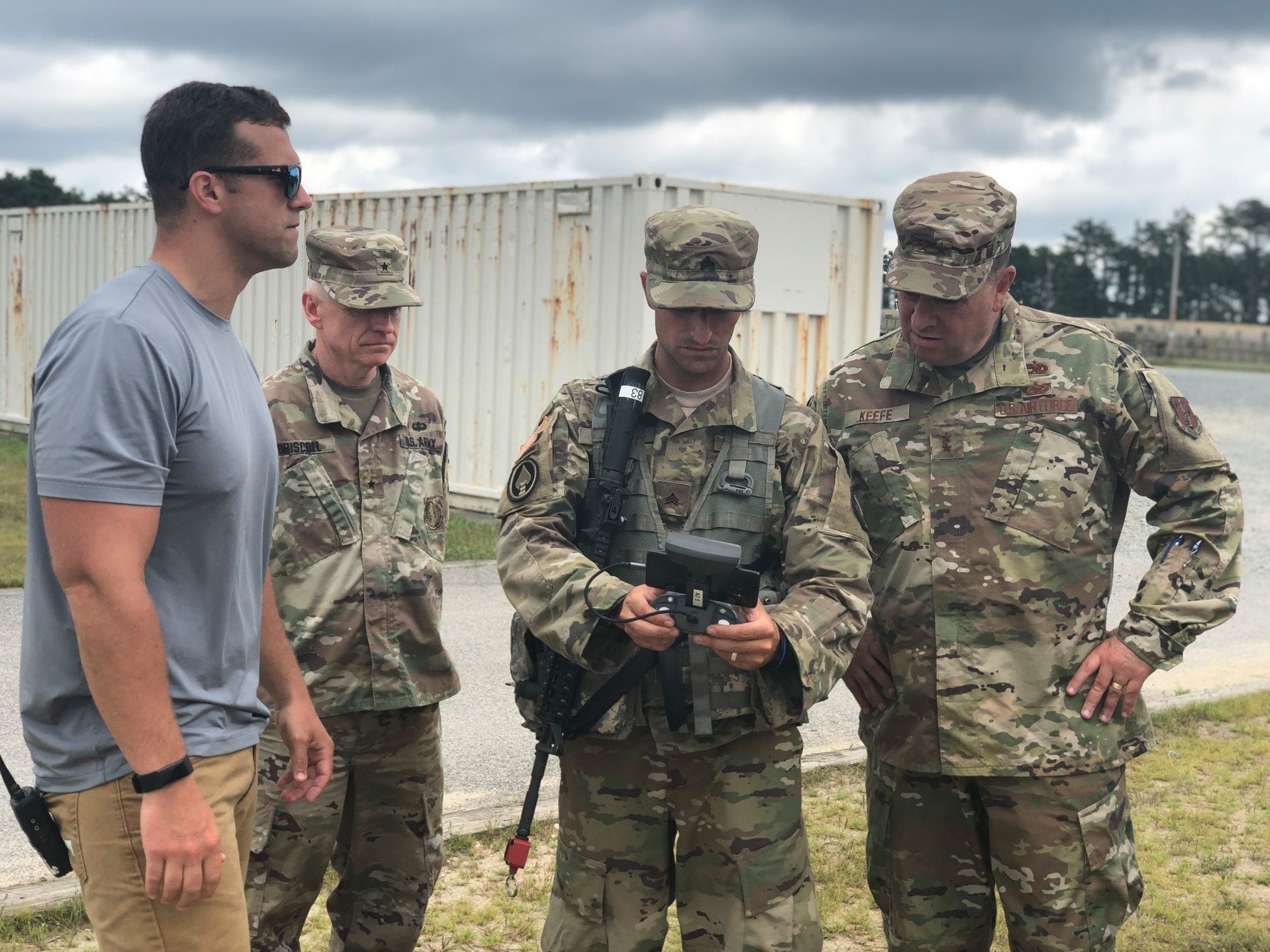WASHINGTON — The Defense Innovation Board wants the Pentagon to create an “Oasis” of funding to help technology projects transition from development to production.
In a July 17 report examining the U.S. Defense Department’s engagement with commercial companies and startups, the panel of former defense officials and industry experts recommend the Pentagon establishes a funding mechanism to help firms push technology from smaller investment projects into formal programs.
“Such a mechanism would be a much-needed ‘Oasis’ in the Valley of Death, addressing the misalignment of annual [research and development] vs. two-year procurement budgeting and insufficient productization funding,” the report said.
Defense officials refer to the drawn out and often terminal phase between when a technology effort begins and when it’s adopted by a military service as the valley of death. Small, non-traditional companies find themselves stuck in this in-between phase when, despite attracting low-dollar funding to mature their capability, that support is not sustained through production.
The Defense Department’s budget cycle — which requires planners to lay out new programs two-to-three years before receiving funding — exacerbates the issue, the report notes. Even companies who manage to bridge the valley can find themselves with a financial stall as they wait for a program to get funding.
“Without budgetary relief, the middle of the valley will remain a graveyard for dual-use innovation,” the report states.
Funding for the Oasis could come from a separate annual appropriation, a tax on the military services’ programs or, as the board recommends, a change in budget law that would allow DoD to allocate its annual surplus toward the technology transition account. The department is required to carry over a certain level of contingency funding each year.
For oversight purposes, the board recommends that organizations like the Defense Innovation Unit and the services’ innovation hubs who work directly with commercial companies report those investments to Congress annually to give insight into which startups are eligible for bridge funding.
Beyond creating a fund to support technology transition in the “middle of the valley,” the panel also recommends DoD make changes in the way it invests in and buys technology from commercial companies.
On the investment side, the report calls for each service to identify an investment arm that has direct control of small business innovative research and small business technology transfer funding — two mechanisms for contracting with startups.
It also recommends the department better empower its Defense Innovation Unit and Office of Strategic Capital — both tasked with helping DoD better leverage technology from commercial companies and startups — to invest in tech scouting, supply chain and international markets.
“As our interviews with companies and investors made clear, we must create better mechanisms for ongoing dialog between public and private officials in the dual-use investment community if we are to achieve military-civilian fusion,” the board said. “Better communication will create better companies, capabilities and markets for the competition.”
On the procurement side, the report proposes reducing high-level oversight and increasing investment in market research — an area the board says is under-resourced and shallow. It also calls for investments in open, modular IT systems and incentives for acquisition officials to incorporate commercial technology.
“All process changes will be foiled if the people executing them are not rewarded for desired outcomes,” the board said.
Courtney Albon is C4ISRNET’s space and emerging technology reporter. She has covered the U.S. military since 2012, with a focus on the Air Force and Space Force. She has reported on some of the Defense Department’s most significant acquisition, budget and policy challenges.








